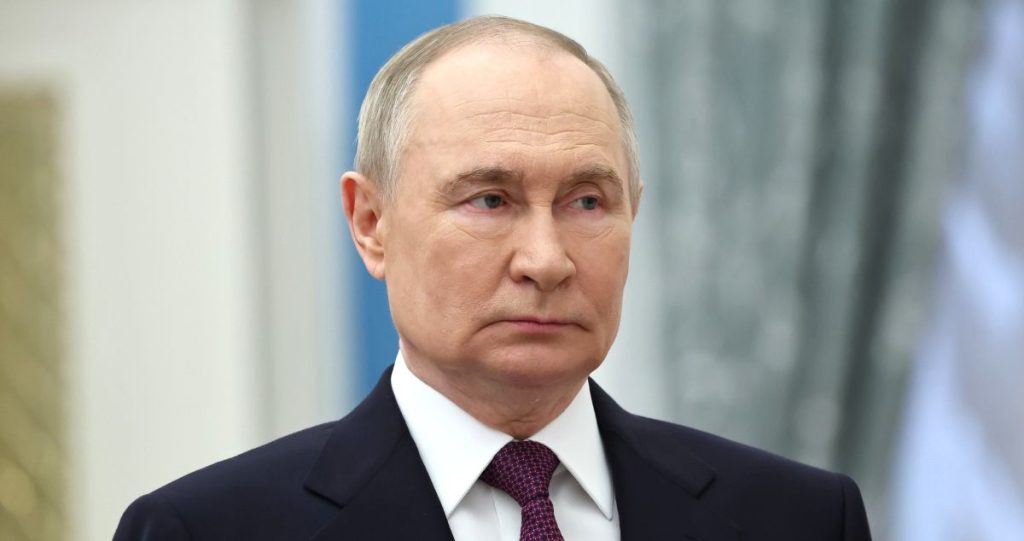The coming weeks may bring incremental shifts.
Others are reading now
The coming weeks may bring incremental shifts.
What Russia Could Gain in 50 Days on the Front
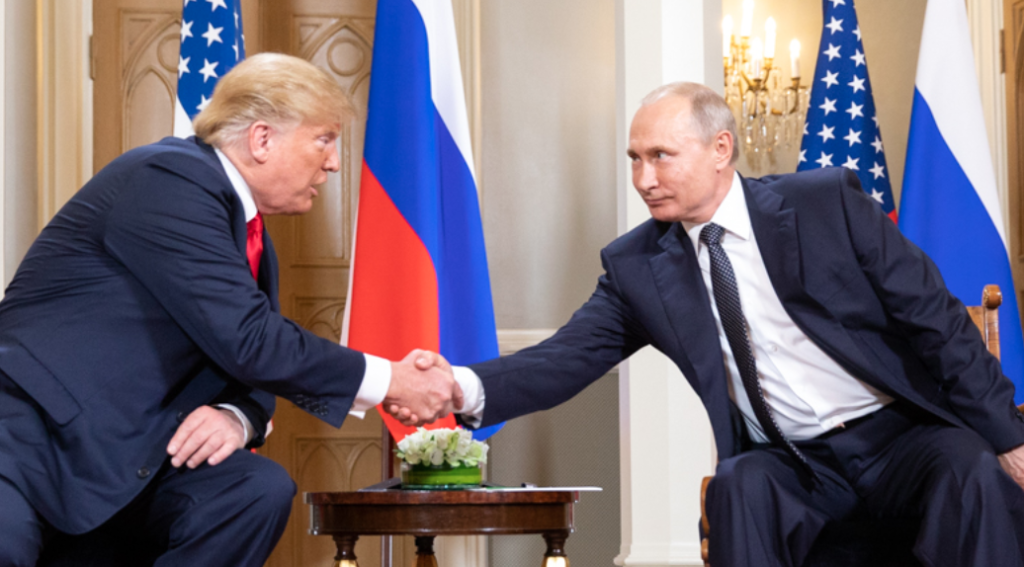
With 43 days left before Donald Trump’s unofficial “50-day ultimatum” to Vladimir Putin expires, Russia appears to be ramping up its military efforts in Ukraine.
According to Digi24, analysts say the Kremlin may try to make rapid gains before any new U.S. pressure or negotiations emerge.
Here’s what Russia might realistically achieve in that window and what’s changing on the battlefield.
Tactical focus on Donetsk
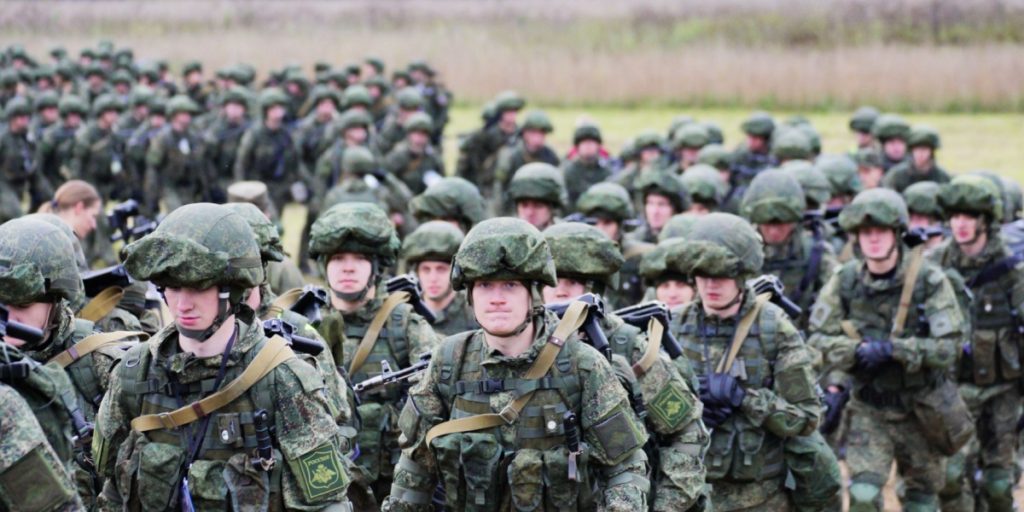
Military experts suggest Russia is intensifying its offensive in southern Ukraine, particularly in Donetsk, where the aim is to encircle or threaten key cities like Pokrovsk and Konstantinivka.
Also read
While capturing these cities outright remains unlikely, pressure is mounting as the clock ticks toward the end of Trump’s 50-day timeframe.
More villages may fall
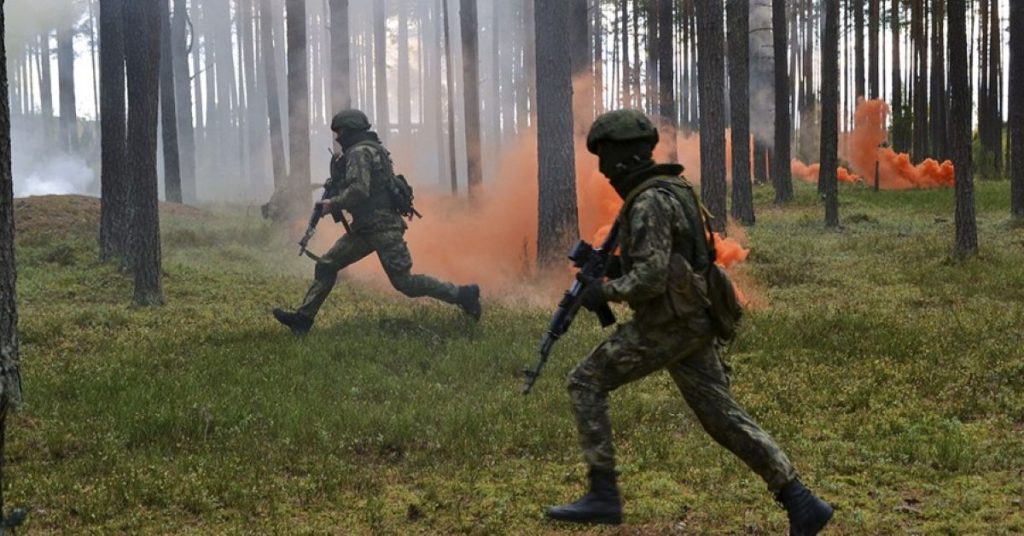
Despite the bold moves, analysts say Russia is unlikely to take control of major urban centers.
They could capture up to 10 more Ukrainian villages and seize as much as 700 square kilometers of territory.
Some of this could come from the Dnipropetrovsk region, beyond the heavily contested Donetsk front.
Uneven control of annexed regions

Since the illegal annexation of Donetsk, Luhansk, Kherson, and Zaporizhia in 2022, only Luhansk is fully controlled by Russian forces.
Also read
The other three remain only 60–70% under Russian control, despite repeated offensives.
The coming weeks may bring incremental shifts, but not decisive control.
Summer gains so far
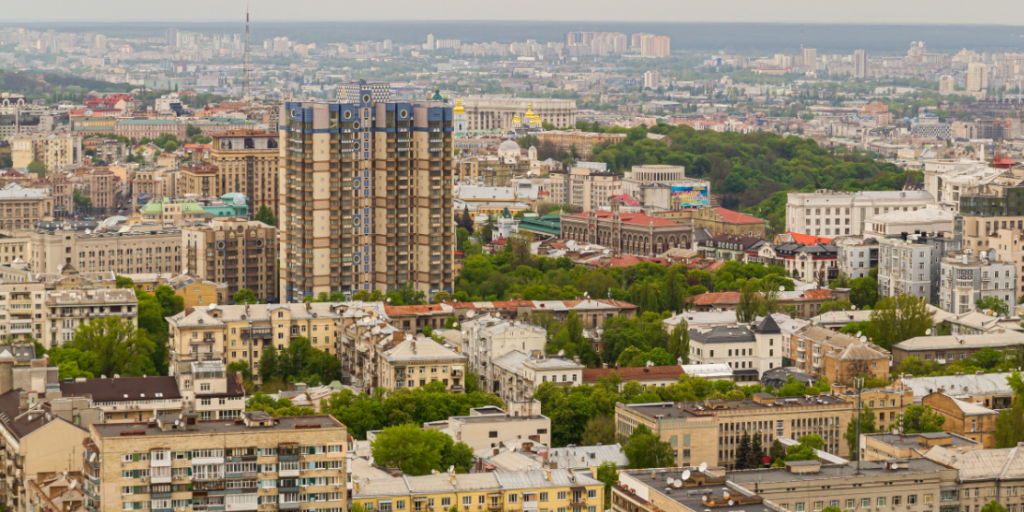
Since launching their summer campaign, Russian forces have captured 400 to 500 square kilometers of territory.
But that progress has been spread across the front rather than focused on major breakthroughs in specific areas.
New tactics on the ground
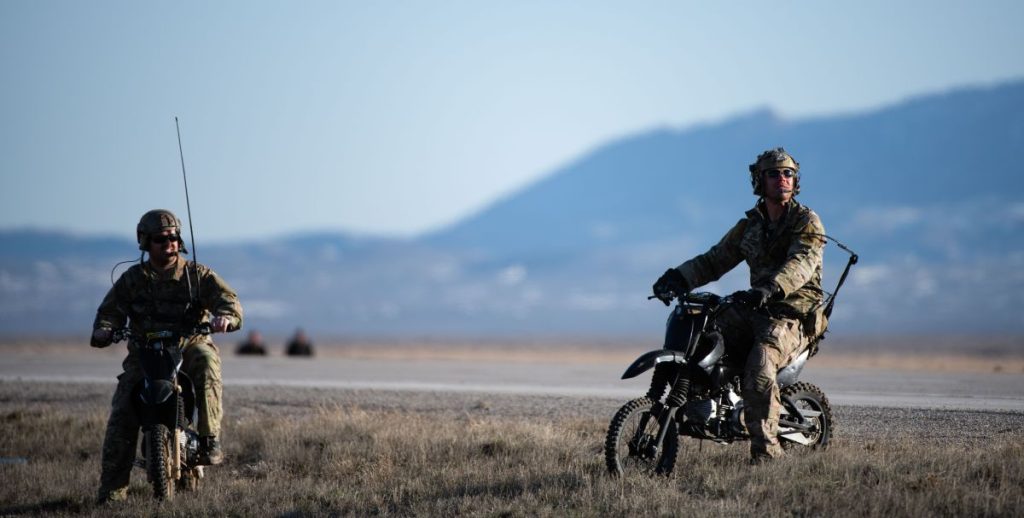
Facing equipment shortages, Russian troops have adopted a new approach: small infantry units on motorcycles, backed by swarms of Shahed drones.
Also read
These fast-moving groups replace the previously dominant armored assaults, signaling a shift driven more by necessity than innovation.
Drones and guided bombs
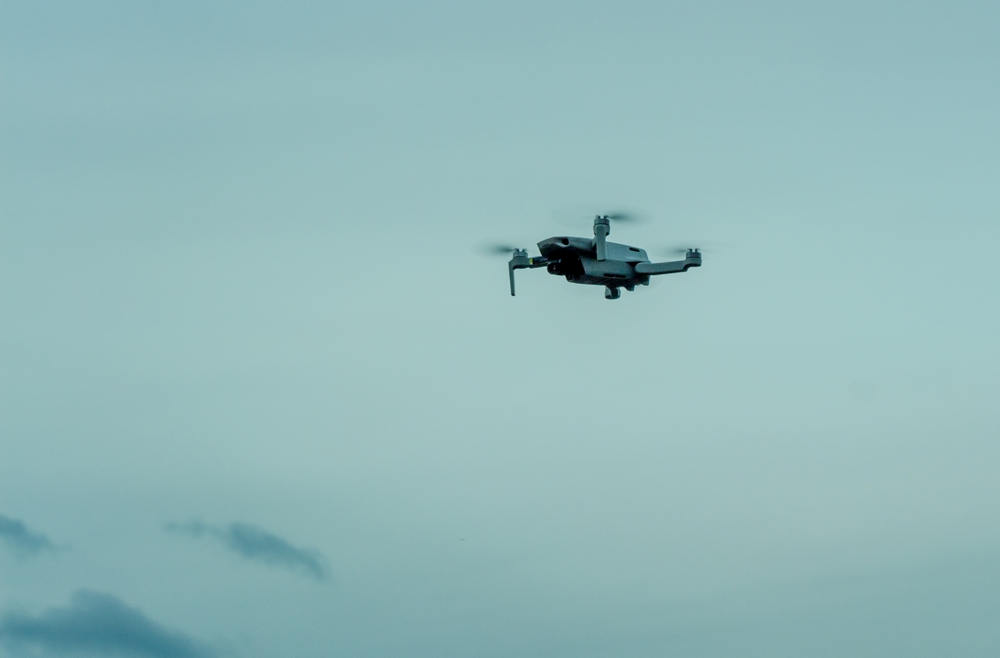
Russia has increasingly relied on precision-guided bombs and kamikaze drones not just for strikes on cities but also to support front-line assaults.
This tactic allows them to maintain pressure without risking large-scale armored losses, but it hasn’t yielded major strategic victories yet.
Human-wave assaults continue
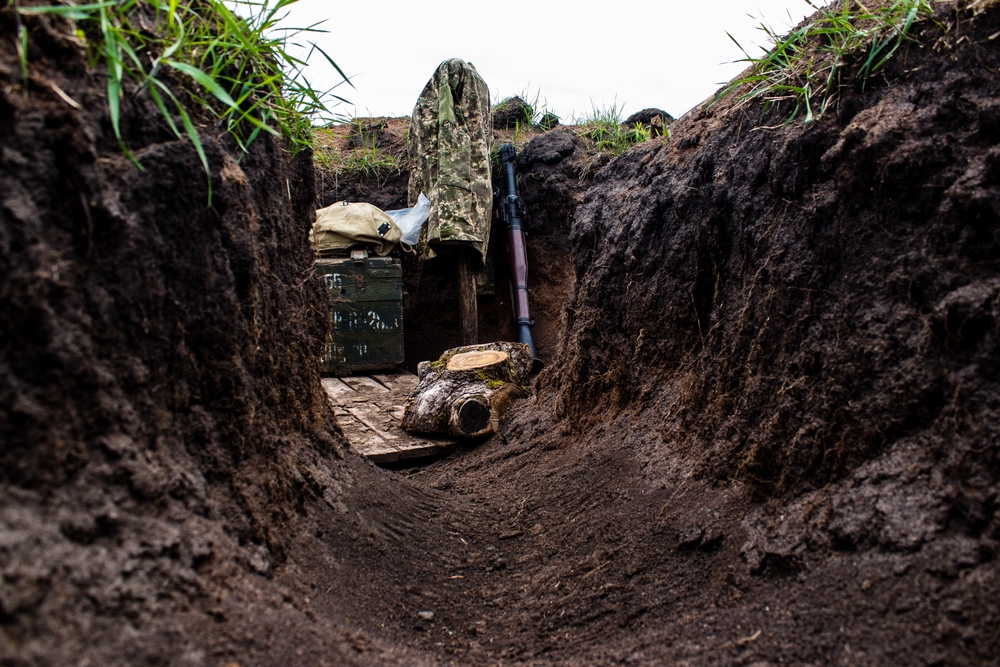
Despite adopting new methods, Russia continues to use infantry as expendable forces, according to Ukrainian soldiers.
One front-line fighter said:
Also read
“Out of three Russians who attack, two die, and the last one reaches our trenches.” The attrition rate is enormous, but the tactic persists.
Broad pressure, not focused attacks
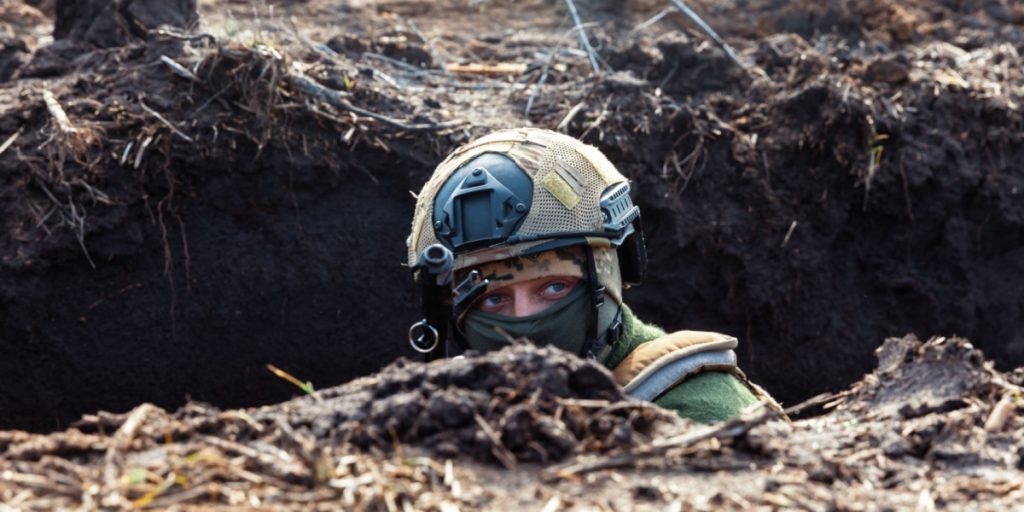
Military observers like Finnish expert Pasi Paroinen note that Russian forces are opting to apply pressure along the full front line instead of massing forces in a single direction.
That may prevent Ukraine from regrouping, but also dilutes Russia’s chances of making a major breakthrough.
Strategic cities under threat
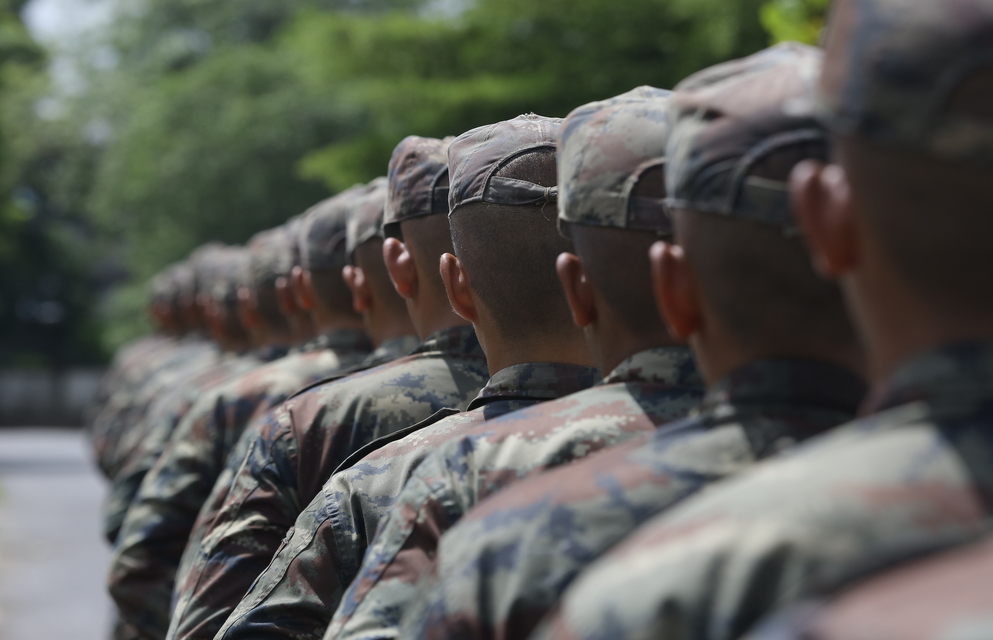
Cities like Chasiv Yar and Toretsk remain within reach of Russian forces if they shift focus.
Ukrainian MP Ruslan Gorbenko, who regularly visits the front, believes that concentrating forces could allow Russia to take one of these targets, or launch a siege on Konstantinivka.
Also read
New front in Sumy
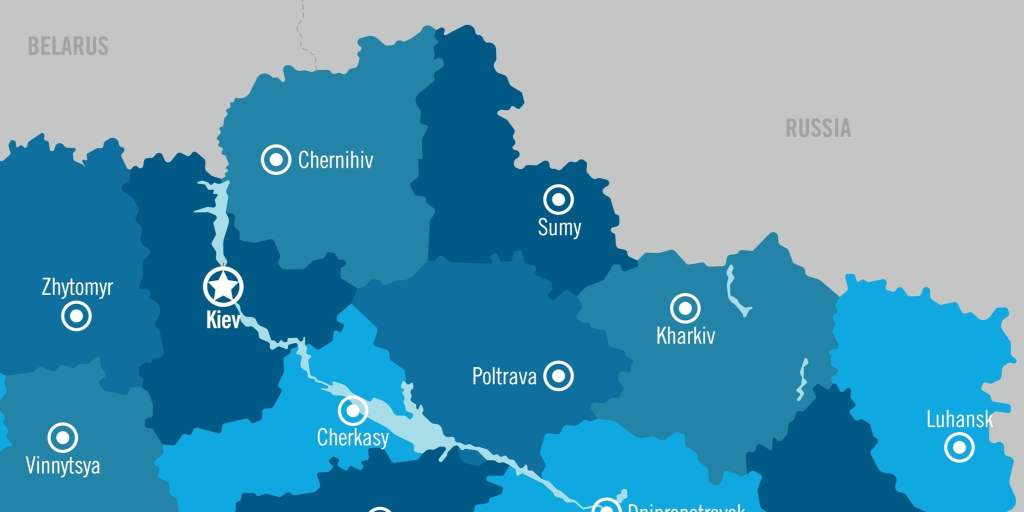
In northeastern Ukraine, Russian troops have opened a new front in the Sumy region, advancing 10–15 kilometers and capturing 12 villages.
Despite deploying 50,000 troops, Russia has avoided using tanks or armored vehicles here.

